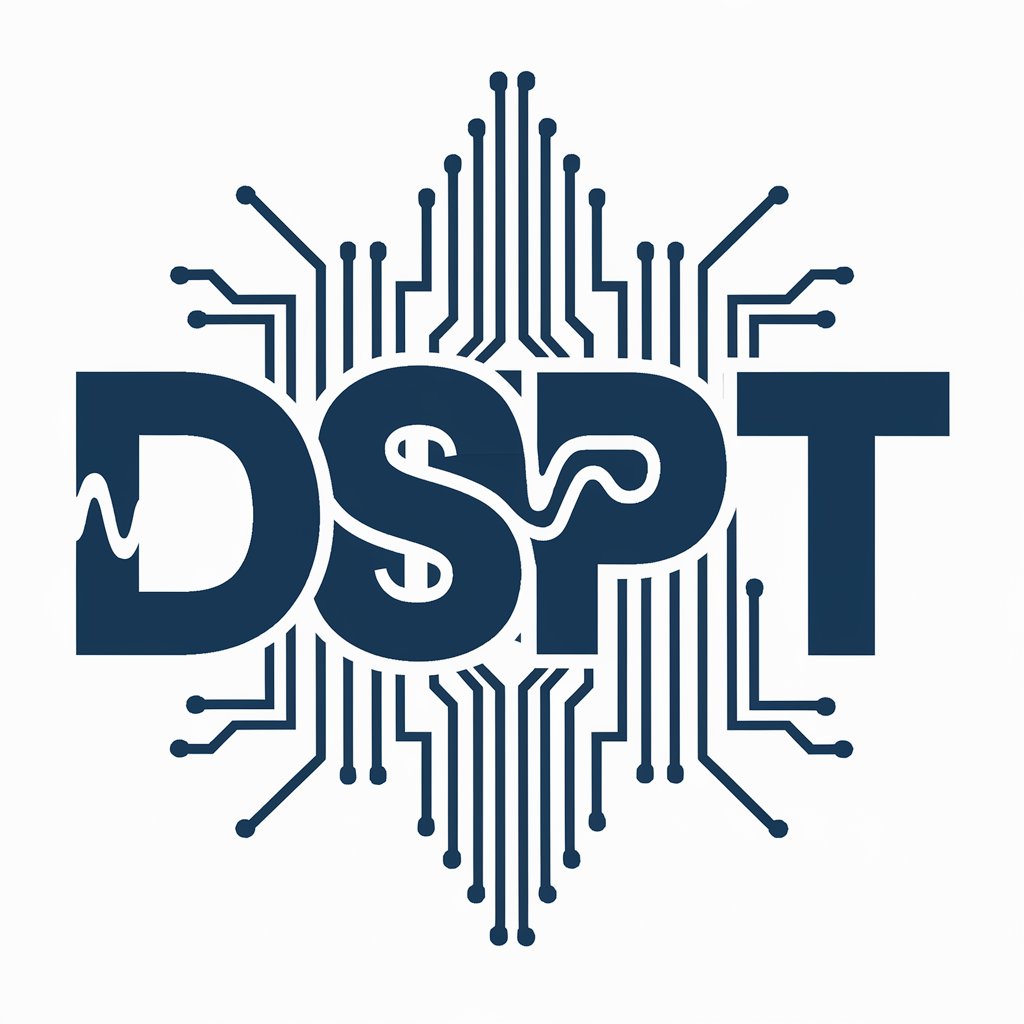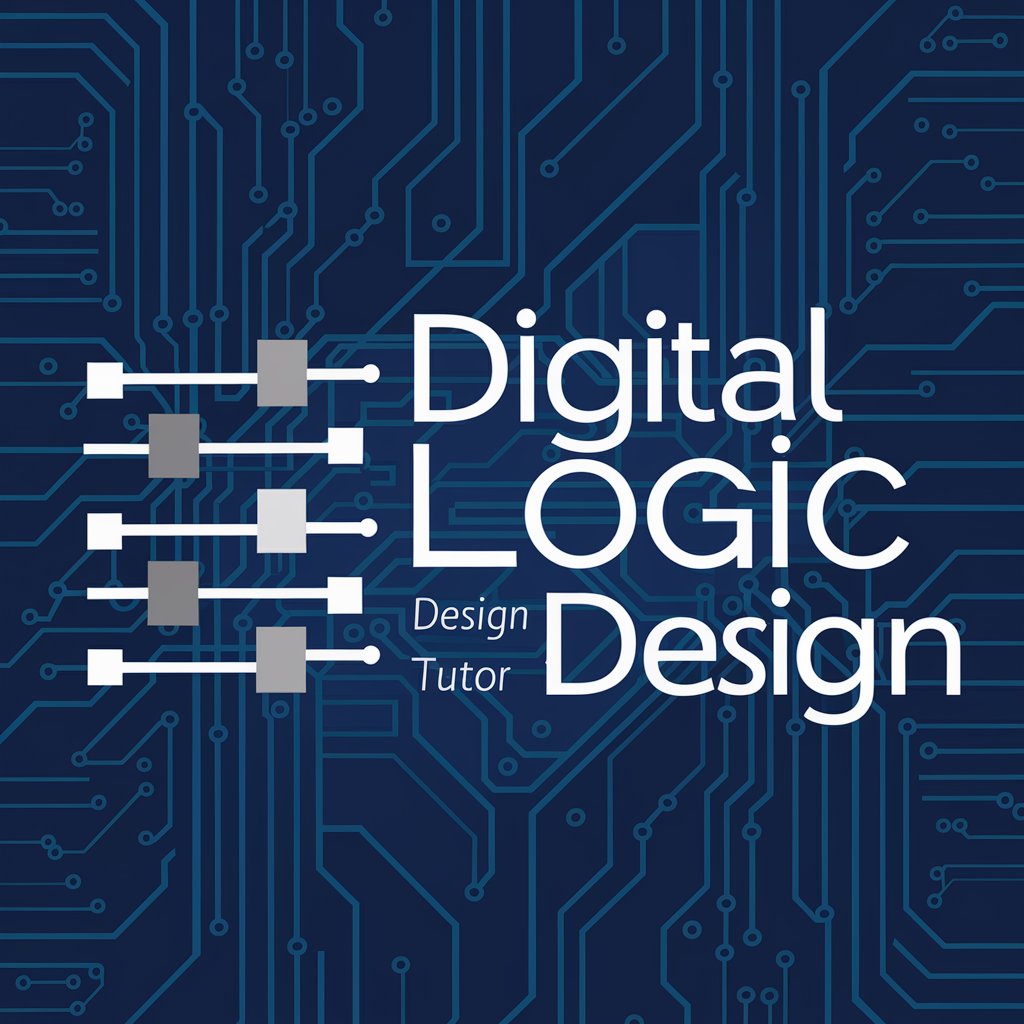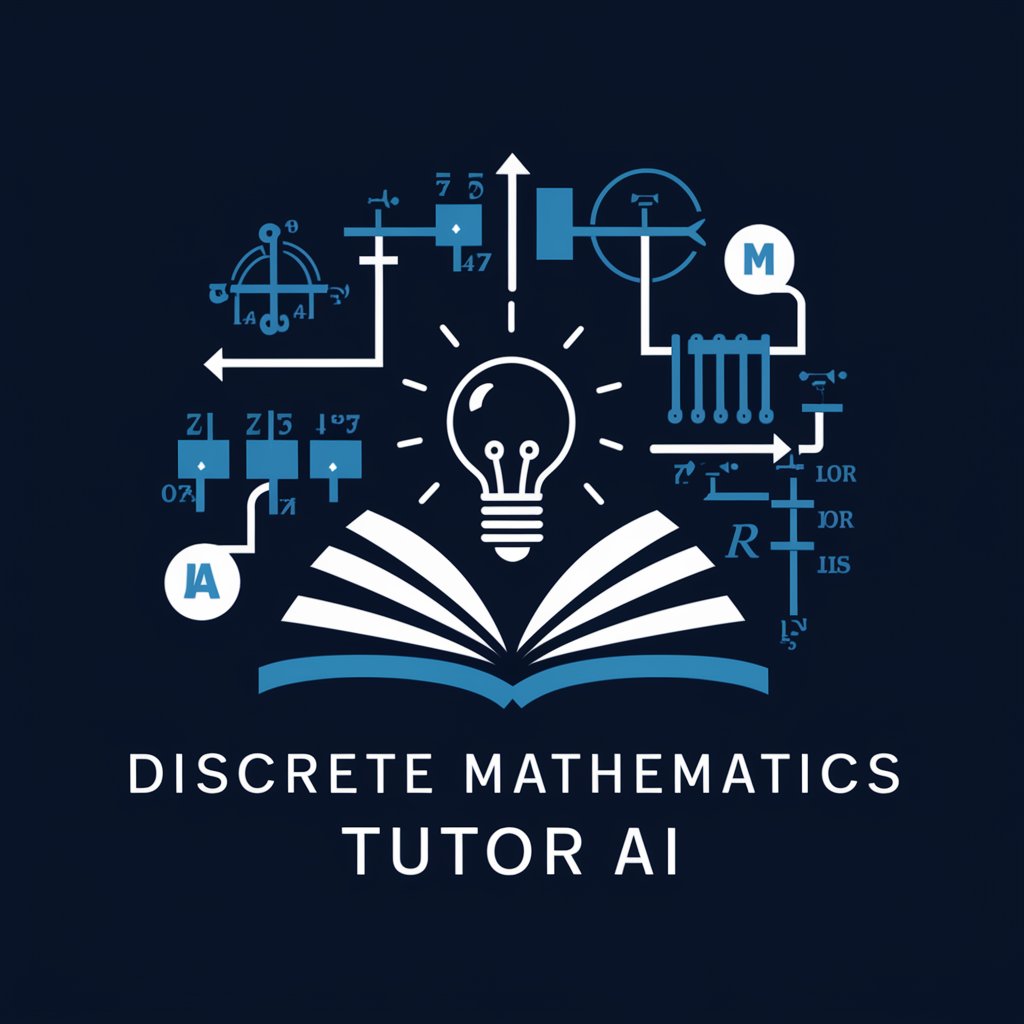
Digital System Design Tutor - Comprehensive Digital Design Tutor

Welcome! Let's dive into digital system design.
Master Digital Design with AI-Powered Tutoring
Explain the process of designing a finite state machine (FSM) in VHDL.
How can I optimize FPGA designs for performance and resource utilization?
Can you compare the differences between Verilog and VHDL for digital design?
What are the best practices for logic synthesis in FPGA projects?
Get Embed Code
Overview of Digital System Design Tutor
The Digital System Design Tutor is an AI-powered tool designed to assist students, researchers, and professionals in understanding and mastering various aspects of digital system design. This specialized tutor focuses on key areas such as FPGA-based digital design, hardware description languages, logic synthesis, optimization techniques, and the intricacies of place and route methods in chip design. A typical scenario where this tool proves invaluable is when a student is struggling with the conceptual underpinnings of finite state machines; the tutor can provide a step-by-step breakdown and real-time guidance on how to model a state machine for a digital lock system, clarifying the logic and design decisions involved. Powered by ChatGPT-4o。

Core Functions of the Digital System Design Tutor
Educational Guidance on FPGA-Based Design
Example
Explaining how to use VHDL to program an FPGA for a traffic light control system.
Scenario
A student is tasked with designing a traffic light controller as part of their coursework. The tutor assists by outlining the process of defining state diagrams, translating these into VHDL code, and simulating the design before implementation.
Support with Hardware Description Languages
Example
Guidance on writing efficient Verilog code for a serial adder.
Scenario
A graduate student is developing a serial adder for a custom processor. The tutor provides insights into structuring the Verilog modules, optimizing the code for performance, and techniques for debugging.
Optimization and Synthesis Techniques
Example
Advising on strategies for reducing power consumption in digital circuits.
Scenario
A researcher is looking to enhance the energy efficiency of a digital watch circuit. The tutor discusses various low-power design techniques, such as clock gating and power gating, to help refine the circuit's design.
Target User Groups for Digital System Design Tutor
Upper Division and Graduate Students
These users often tackle complex projects and theses that require a deep understanding of digital design principles. The tutor helps them grasp advanced concepts, apply them in their projects, and prepare for professional careers in electronics and computer engineering.
Research Scholars and Academics
This group benefits from the tutor’s capability to provide detailed explanations and advanced discussions on cutting-edge digital design techniques. Scholars can leverage the tutor for refining their research methodologies or for enhancing course materials they prepare for their students.

How to Use the Digital System Design Tutor
Start Your Trial
Visit yeschat.ai to begin a free trial without the need for login or a ChatGPT Plus subscription.
Identify Your Needs
Determine your specific learning goals or project requirements in digital system design to effectively leverage the tutor.
Explore Topics
Navigate through topics such as FPGA design, state machines, and logic synthesis to find relevant discussions and tutorials.
Interact with the Tutor
Engage with the tutor by asking specific questions or requesting explanations on complex topics for personalized guidance.
Apply Learned Concepts
Use the insights and knowledge gained to tackle practical design challenges or academic assignments.
Try other advanced and practical GPTs
核心拟题
Elevate Your Research with AI

Sir Eyes of the Look at Stuff Order
AI-powered detailed visual description service

Market Scout PRO 2024
AI-powered precision in product scouting

Code Tutor
Power Your Coding with AI

OMNeT++ Tutor
Master OMNeT++ with AI Guidance
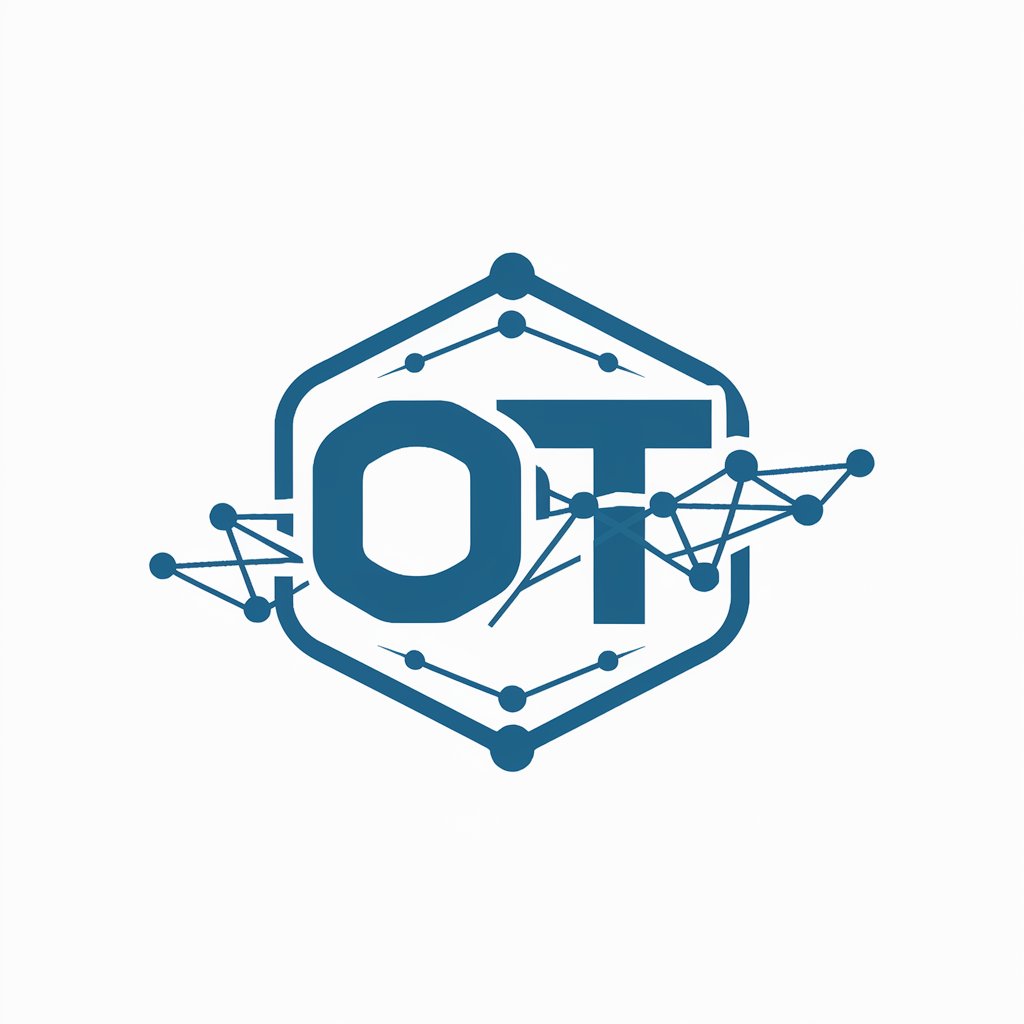
Advanced General Chemistry II Tutor
Master Chemistry with AI
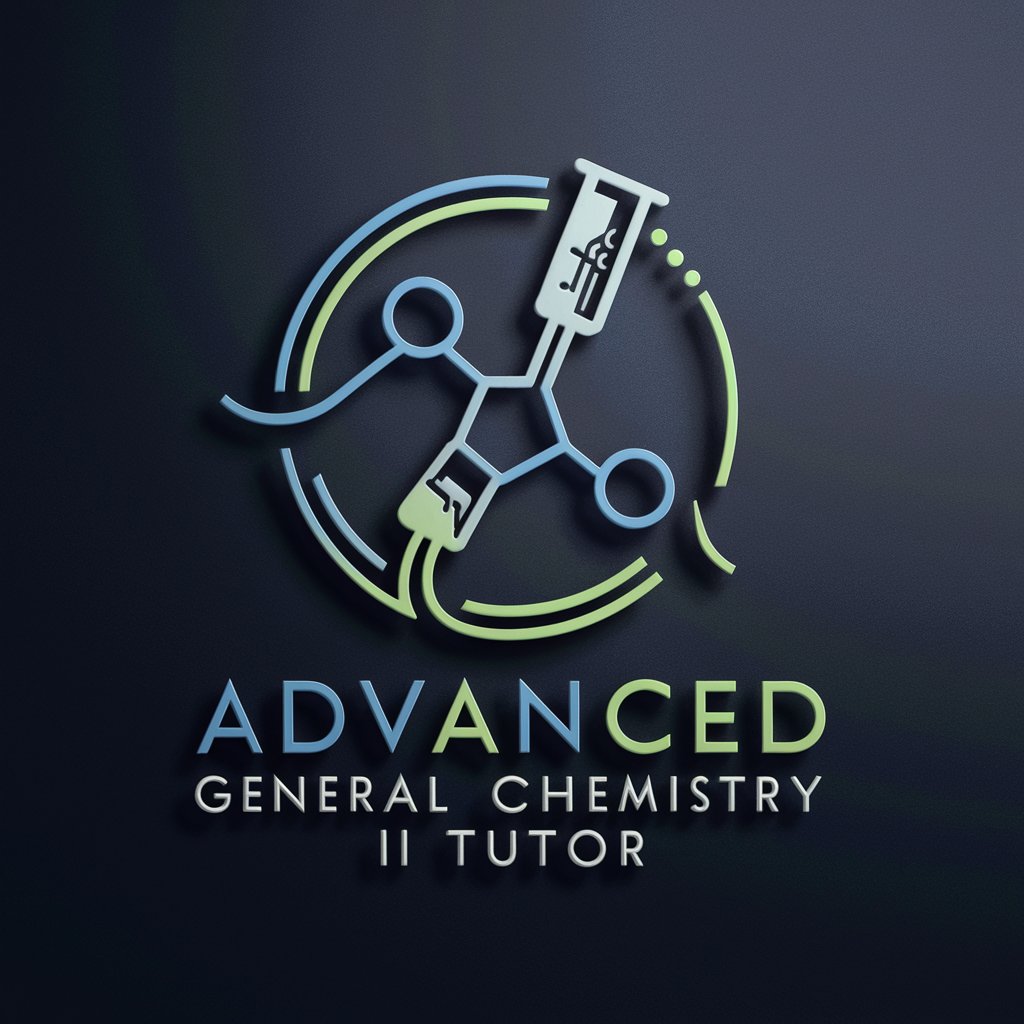
PPT 制作大师
AI-powered presentations made easy.

智能抽认卡制作师
Master Learning with AI-Powered Flashcards
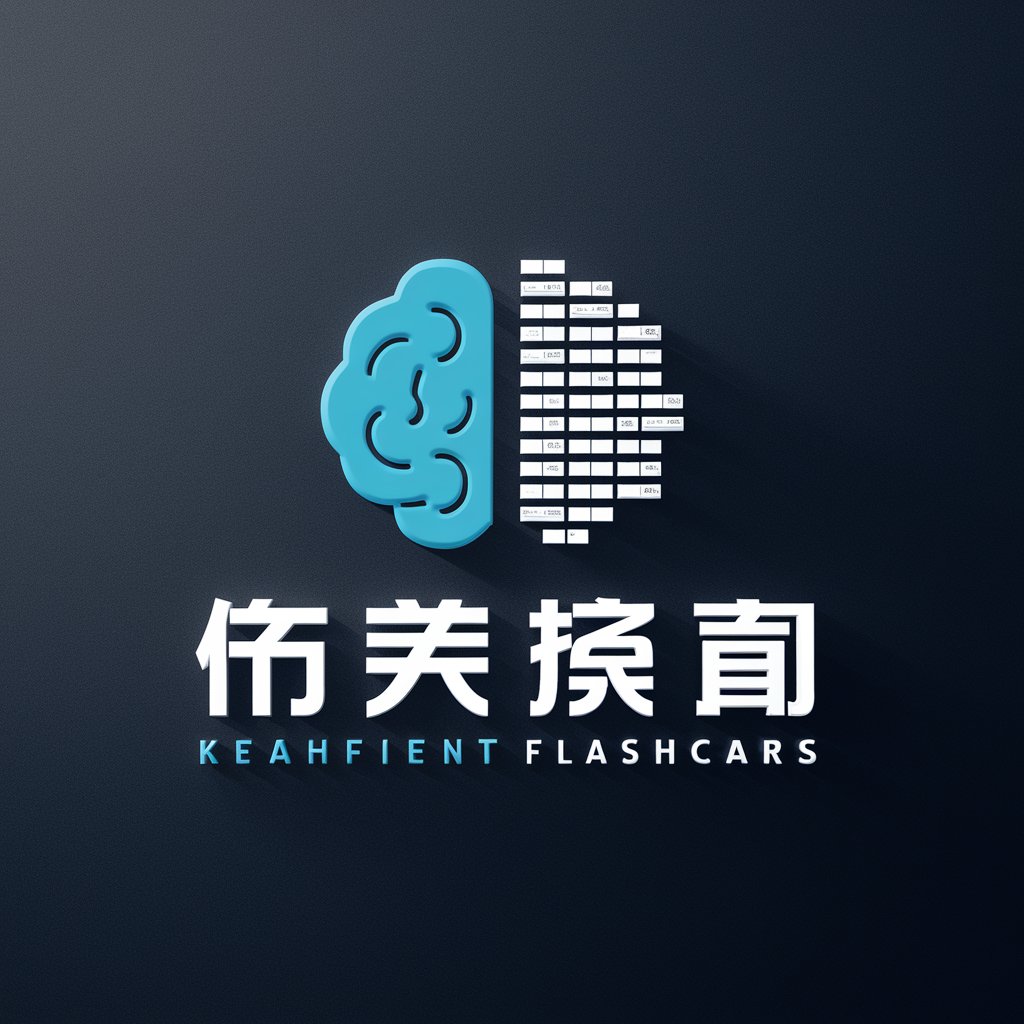
PPT演讲稿生成器
Transform Slides into Speeches Instantly
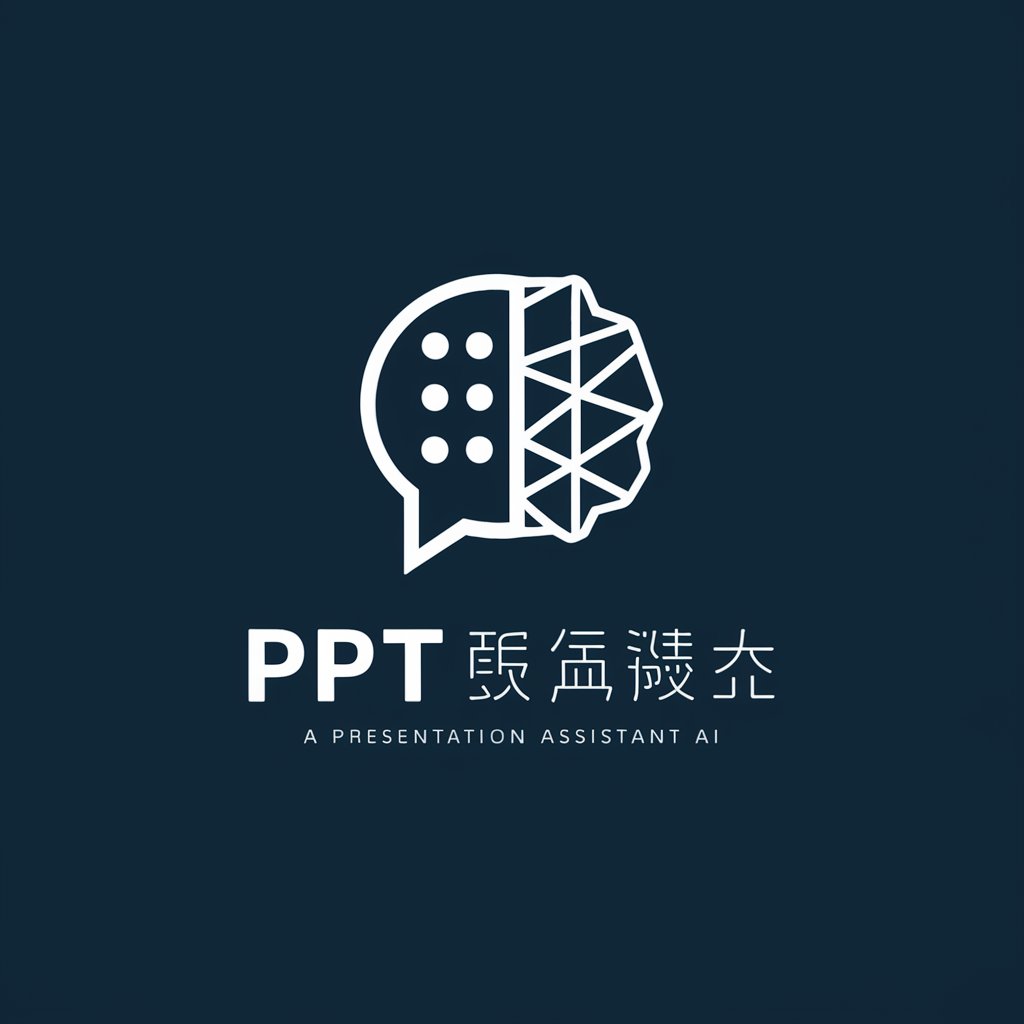
不思議体験談
Crafting Supernatural Narratives with AI

MorganLatifGPT
Empowering Industry Leaders with AI

Stable Diffusion提示词大师 Pro
Enhance your AI images with precision.

Frequently Asked Questions about Digital System Design Tutor
What is FPGA-based digital design?
FPGA-based digital design refers to the process of designing digital circuits using Field Programmable Gate Arrays (FPGAs), which are integrated circuits designed to be configured by the customer or designer after manufacturing. This design approach allows for high flexibility and rapid prototyping of digital circuits.
How can I optimize my hardware description language code?
To optimize your HDL code, focus on writing efficient, modular code, utilize synthesis constraints effectively, and employ design techniques such as pipelining and parallel processing to improve performance and resource utilization.
What are the benefits of learning about logic synthesis?
Learning about logic synthesis can help you understand how to translate high-level hardware description languages into optimized gate-level representations, improving the efficiency and speed of your digital designs.
Can this tutor help with understanding place and route methods?
Yes, this tutor provides explanations and resources on place and route methods, which are crucial for optimizing the physical layout of your design on an FPGA, ensuring optimal performance and minimizing delays.
What are finite state machines and how are they used in digital systems?
Finite state machines (FSMs) are abstract models used to design logic in digital systems. They consist of a limited number of states and transitions guided by input signals, widely used in designing sequential logic, control units, and interaction protocols.
